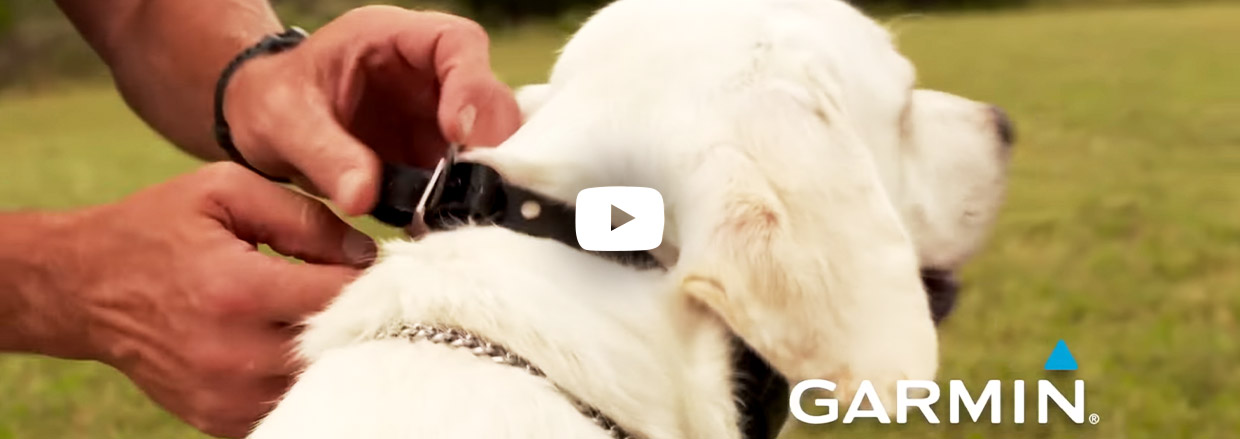
Buyer’s Guide: Dog Training Collars
A dog collar is an incredible training tool to refine your dog's behaviour, skills, and a way to stay connected. Thus, having the right dog collar that fits your needs will benefit you and your dog.
Bark Collars vs Training Collars
One of the most confusing things for dog owners is deciding which dog collar to use. Let’s decode the difference between bark collars and training collars to help you make an informed decision based on your training needs and preferences:
Bark collars
Bark collars distract a dog from barking and eventually help them to avoid that behaviour. When a bark collar senses your dog’s bark, it delivers a harmless static stimulation. If the barking continues, the collar delivers another stimulation. Eventually, it will help the dog discover that only by being quiet it can avoid the stimulation.
Note: Do your research thoroughly as some brands in the market have false positive detection to eliminate false corrections.

Cabela’s® GunDog
bark collar features Progressive Correction mode. In this mode, the correction starts at the lowest level and gradually increases to the next level each time your dog barks continuously. It automatically resets to the lowest intensity level when the barking stops.

SportDOG®
features a User-Selected mode where you may choose the correction level. On the other hand, in Temperament Learning mode, the correction level starts at the lowest level and increases to next level each time your dog barks within 30 seconds of their previous bark. The collar remembers the correction level needed to stop the barking, and the next time your dog barks, the correction will start at that level before progressing.
Training Collars
Training collars are also known as electronic collars, e-collars, remote training collars, dog training collars, or remote trainers. You can use training collars for both basic and advanced dog training. The main difference between a bark collar and a training collar is that with a training collar, you can trigger stimuli from a distance with a remote control and choose the stimuli (stimulation, vibration, or sound). You can be flexible in their exercises and perform various commands.
While there are so many types in the market, here are a few things to consider before investing in a training collar:
Fitting a Training Collar and Finding Your Dog’s Level

Tip: Teach the command before using the remote trainer. Always start the training at the lowest stimulation level. Go slow with your training and be patient for a positive outcome. For expert advice on training, check HERE
Expandability
Consider the expandability feature of the e-collar. If you have more than one dog to train, a few training collars have expandable systems designed to have compatibility to instruct three dogs at a time. It offers flexibility to add two pairs of collars to your receiver.
Advanced Features
The advancements in remote dog training gadgets have featured various helpful functions for training. The BodyGaurd technology from SportDOG acts like an engine light for your dog where it notifies you when to recall and examine before a problem ends the hunt.
A few training collars also come with a screen on the transmitter, and there are options to enable GPS for pinpoint tracking and extremely long ranges. A few training collars also provide e-fence compatibility to combine training and containment.
How to Measure Your Dog’s Neck for Training Collar
Learn how to measure your dog’s neck to find the right sized training collar.

What You Need
- Tape measure
- String / charger cable
3 Steps to Measure
- Loosely measure your dog’s neck ideally where the collar would sit.
- Keep the measuring tape or the string snug while you should be able to fit two fingers between it and your dog’s neck as shown.
- Record the measurement. If you are using a string or any other, measure the length with measure tape.
